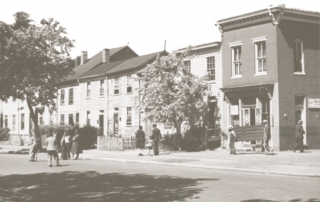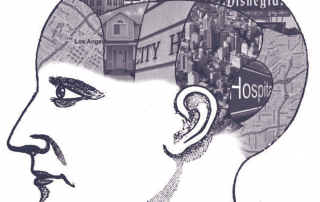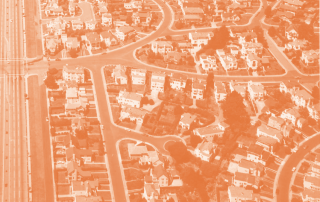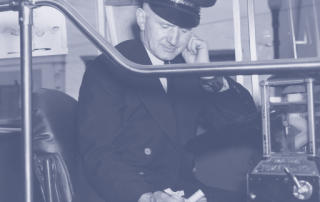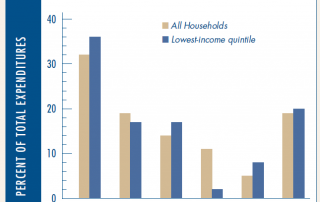A Driving Factor in Moving to Opportunity
Evelyn Blumenberg and Gregory Pierce
In 1992, the US Congress authorized the Moving to Opportunity (MTO) housing voucher program to operate in five large metropolitan areas: Baltimore, Boston, Chicago, Los Angeles, and New York. The MTO program represented a radical departure from standard housing assistance programs, which clustered participants in very poor neighborhoods that offered few opportunities. Running counter to previous policy, MTO used an experimental framework to assess how moving households on assistance to low-poverty neighborhoods can affect their employment, education, and household income. Under the program, residents were randomly assigned into three groups. The first group received housing vouchers that could be used only in neighborhoods with poverty rates under 10 percent. The second group received similar housing vouchers but with no neighborhood restrictions. The third group did not receive vouchers but remained eligible for public housing and other social programs.

